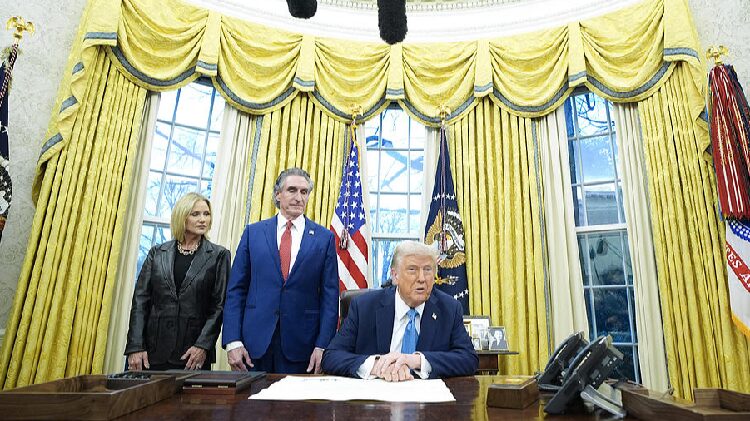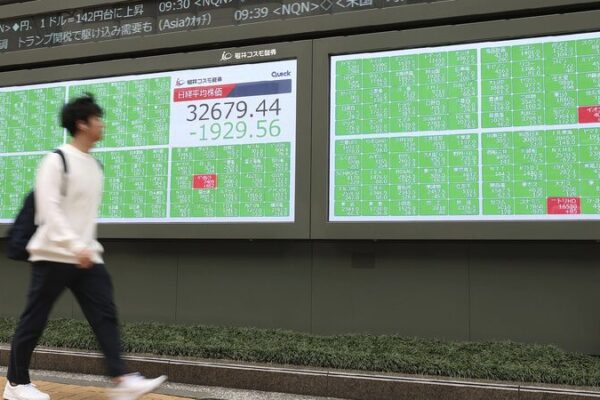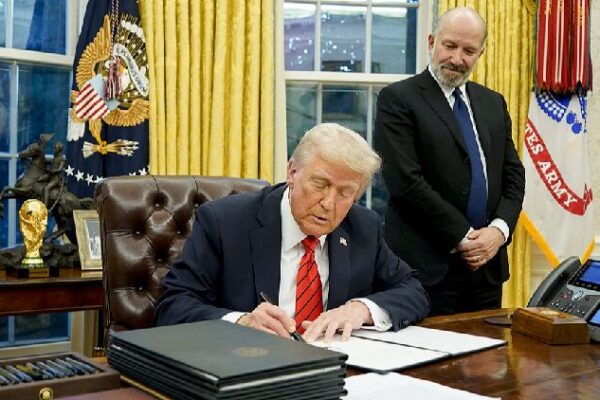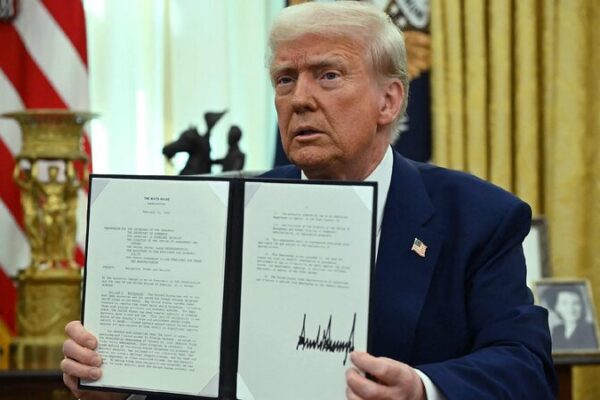The United States has once again escalated trade tensions with China by announcing new tariffs on Chinese imports. Despite these challenges, China’s economy continues to demonstrate remarkable resilience, adapting and thriving in the face of external pressures.
History Repeats Itself
Tariffs have historically fallen short of their intended goals. Previous tariffs implemented between 2018 and 2024 resulted in significant costs to American consumers, totaling over $233 billion. Instead of weakening China’s economic position, these measures prompted China to innovate and strengthen its economic foundations.
Impact on American Consumers
The renewed tariffs are expected to increase expenses for U.S. households by over $800 in 2025. Industries that rely on Chinese goods, like the toy sector, are bracing for price hikes, highlighting the deep interconnection between the U.S. economy and Chinese manufacturing.
China’s Strategic Response
China has responded with measured actions, imposing new taxes on American coal, natural gas, crude oil, farm machinery, and large vehicles. Additionally, restrictions on critical mineral exports essential for high-tech industries showcase China’s commitment to self-reliance and economic adaptability.
Economic Growth and Innovation
Despite external challenges, China met its 2024 growth target of 5 percent, with green technology contributing significantly to GDP growth. While forecasts suggest a slight dip to 4.5 percent in 2025, China remains focused on long-term economic transformation through initiatives like its 2029 digital infrastructure plan.
Global Leadership in Technology
China recorded a trade surplus of approximately $1 trillion, with electronics and machinery leading the way. A surge in computer chip exports underscores China’s growing leadership in the global tech sector.
Dominance in Electric Vehicles
In the electric vehicle (EV) sector, China controls a significant portion of the world’s EV battery production. Companies like CATL and BYD are setting new benchmarks, with BYD exporting over 417,000 units abroad in 2024. Countries around the world are increasingly importing Chinese EVs, solidifying China’s dominance in clean energy transportation.
Advancements in Renewable Energy
China’s influence extends to renewable energy, producing over 80 percent of the world’s solar panels. With major exports to regions like the European Union and Brazil, China’s dominance in this sector allows it to deepen economic partnerships while promoting sustainable development.
Investments in Nuclear Energy and Semiconductors
China is expanding its nuclear energy capacity, aiming for 70 gigawatts by 2025 to reduce carbon emissions and ensure energy security. In the semiconductor industry, China is making significant advancements, with breakthroughs in quantum computing and increased chip production.
Strengthening Global Partnerships
China is diversifying its trade partnerships, strengthening ties with ASEAN, Africa, and other Global South nations, while maintaining stable relations with the European Union. Initiatives like the Belt and Road and BRICS enhance its global influence and economic resilience amid ongoing geopolitical challenges.
A Future of Cooperation
Rather than fueling rivalry, China’s economic transformation continues to shape global markets. As economies around the world are interconnected, cooperation and mutual growth are key to long-term success.
Reference(s):
cgtn.com








